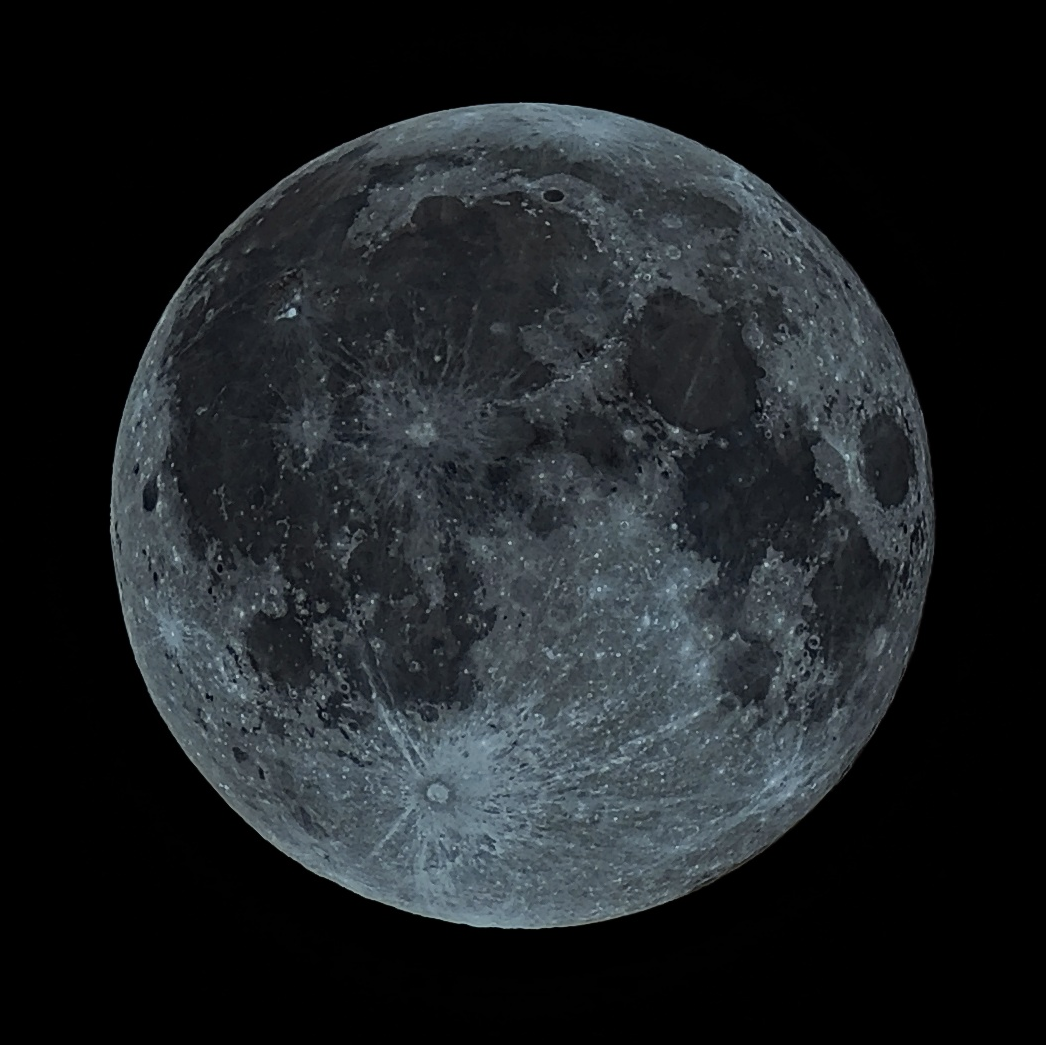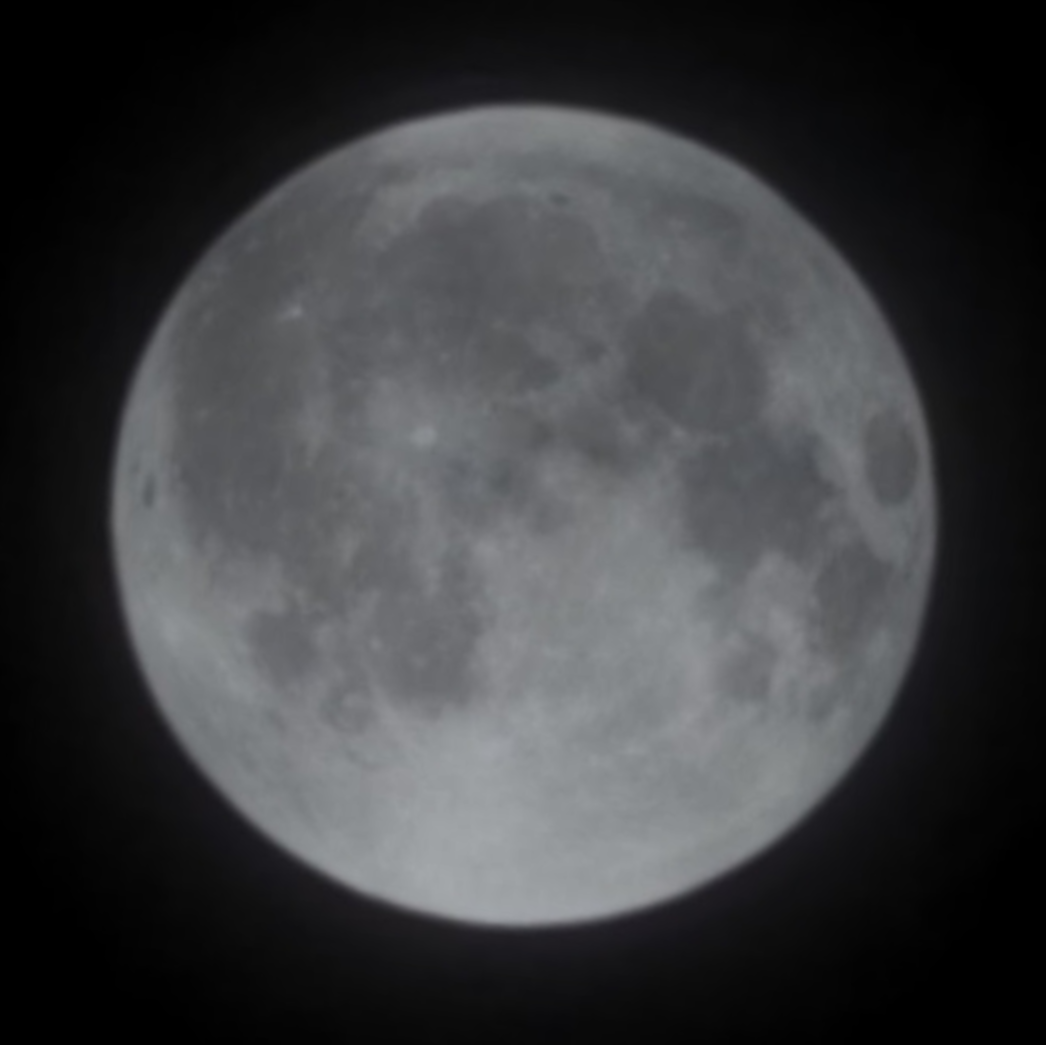The full moon is one of those sights that almost begs to be photographed, no matter what camera you’re using. Most of the time, that means a smartphone, and to be fair, modern phones are excellent at handling bright subjects like the moon.
Of course, a telescope should reveal far more than a phone camera, but I wanted to see just how big that difference really is. So last night, under clear skies, I took two photos.
- Seestar S50 smart telescope: designed for astrophotography, with a larger aperture and tracking.
- Samsung S25 smartphone: handheld, using its built-in camera and zoom.
To make the comparison fair, I lined up the two shots, scaled them, and superimposed them. While the images aren’t pixel-perfectly aligned, the match is close enough to make comparing features easy.
First Impressions
The Samsung S25 did surprisingly well. You can clearly see the main maria (the dark basalt plains), craters like Tycho with its ray system, and an overall sharp outline of the moon. For a handheld device with no tracking or optics beyond a phone lens, that’s impressive.
The Seestar S50, however, pulls out much more detail. Smaller craters that blur into smooth patches on the phone shot become obvious. Surface textures have more depth. The contrast is better, and subtle shading variations make the moon look more three-dimensional.
Why the Difference?
It comes down to physics:
- Aperture: The S50 gathers far more light than a phone camera, revealing fine details.
- Stability & Tracking: The telescope is steady and follows the moon, reducing blur.
- Dedicated Optics: The telescope is built for resolving detail at high magnification levels, something a tiny phone lens can’t quite match.
So.. Do You Need a Telescope?
Not necessarily! The phone shot is more than good enough for sharing on social media or just capturing the beauty of the moon. But if you’re curious about lunar geography and want to zoom into craters and features with real clarity, the telescope gives you that “wow” factor.
For me, putting the two side-by-side makes it clear: phones are amazing at making astrophotography accessible, but a dedicated telescope still opens up another level of detail.

